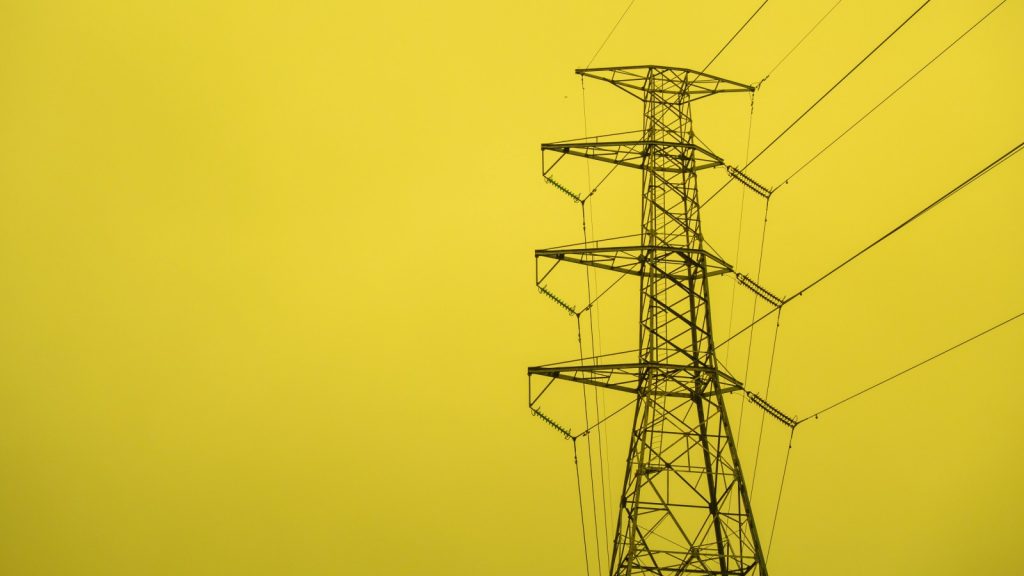Five years ago, launching a decent streaming platform took millions. Now? A teenager with a laptop can build something that reaches millions. That shift…
Andre De Ruyter leaves Eskom, Stage 7 kicks in, is it getting worse?

Eskom CEO Andre De Ruyter has officially left Eskom after three years at the helm. His last day was expected to be on March 31, but the CEO appears to have changed his mind following a special board meeting on February 22, 2022.
The board resolved that De Ruyter did not have to serve the remainder of his notice period and would be released with immediate effect.
The now-former CEO left during a turbulent week where Eskom load shedding was set at stage 6 indefinitely only to briefly dip into stage 7 on Tuesday and Wednesday.
About 7 000MW of power was shed on Wednesday signaling an unannounced stage 7 load shedding schedule which was not reflected on the load shedding schedule.
Eskom maintains that stage load shedding schedules would be announced upfront however the demand could exceed previously announced load shedding estimates.
This means load shedding could shift to stage 7 in some instances.
Stage 7 was implemented during evening peak demand periods on Tuesday and Wednesday.
While this shift is intended to manage and taper off demand, each stage in load shedding represents an additional 1 000MW of demand removed from the grid.
What’s the difference in load shedding stages?
Eskom sheds 6 000MW of power at stage 6 in order to keep the battling power grid from total collapse.
At stage 7 and stage 8, about 7 000MW and 8 000MW need to be shed off the grid.
Stage 6 which the national power utility said would be implemented, means double the frequency of stage three.
That is up to four and a half hours without power or two hours at a time over eight days.
While the country has experienced over 200 days of power cuts with no sign of relief, the apparent crisis appears to be worsening.
Prolonged power outages appear to be increasing with stage levels now tipping over to stage 7 and possibly eight, going into the colder season.
Also read: AI and it’s expensive costs and how Bing threatens Google’s profits

